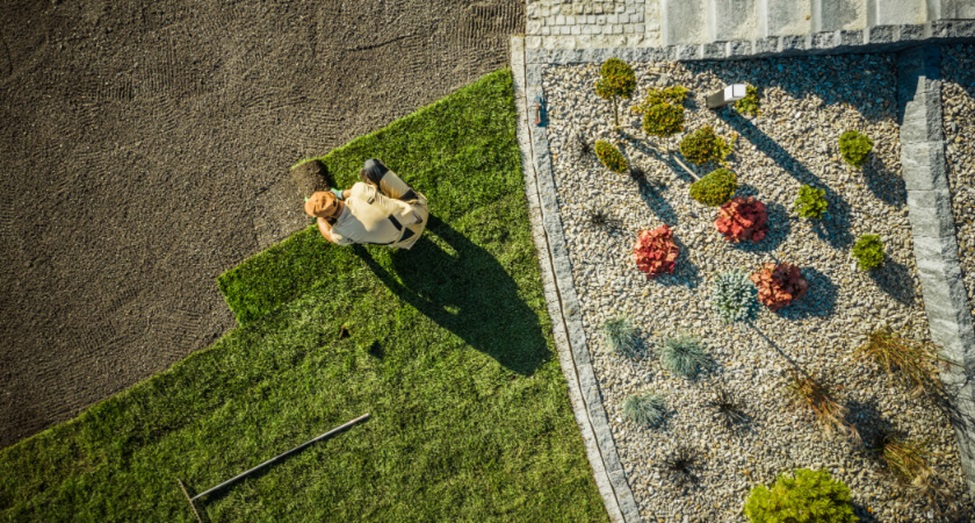The hardscapes are made of concrete or stone. Landscapers usually install them as an alternative to grassy lawns. Concrete and stone can often be found in large areas, including patios, driveways, walkways, and parking spaces. Landscape companies typically recommend these materials for commercial properties since they are less expensive than grass. Additionally, many homeowners prefer using hardscapes instead of grass as they are low-maintenance and long-lasting options.
Companies that landscape may employ “landscape “for smaller and more intimate areas. For instance, an outdoor garden can be considered a landscape. This area is generally used to plant flowers, shrubs, or other plants. Landscapers generally use this kind of space to decorate their homes.
Why is hardscaping so important?
Hardscaping doesn’t only mean adding decorative elements to your garden and creating a more appealing environment for outdoor use. It can also serve a practical function.
For instance:
Stone steps and walls can help level slopes and help improve drainage.
Fences and gates offer security and privacy while marking your property line.
Stones absorb heat, help dry out soils around them, and help prevent stagnant water and mildew. Patios made of brick, backyards, and fences are wonderful examples of hardscapes.
Earth Effects can build these types of structures.
The purpose of a hardscape is to create an attractive outside living area. Patios are great for people who want a comfortable outdoor space to unwind. Concrete patios are ideal since you can easily add the tiles. Flagstone patios provide a nice natural look.
They are generally cheap but are less attractive than flagstone-paved patios. Stone walkways make great paths in your garden and are cheaper than gravel paths.
Steel fences are excellent for privacy, but wooden fences are more visually appealing.
Wood fences look beautiful; however, they’re costly and require regular maintenance.
Arbors, pergolas, and gazebos can be attached to your home or other structures. They can add beauty to your backyard and help protect your landscape from the ravages of weather. Plants that grow in water features can grow inside or around the water features. They’re a great way to combine hardscaping (planting) and hardscaping (building). Algae.
Understanding the difference between Hardscaping construction for landscape is vital to designing an enjoyable outdoor space. Hardscaping involves installing non-living elements like patios, pathways, or retaining walls, which provide structure and function; on the other hand, landscaping involves living elements like plants, trees, and flowers, which bring softness and natural beauty into an outdoor setting.
What is the need for hardscaping in my yard?
The landscaping of your yard isn’t only about aesthetics. It serves a purpose and is extremely valuable for the overall function of your backyard.
When you design your landscaping, you must consider what materials you select can affect the effectiveness of the flow, design, and overall feel of the landscape. For instance, stones and retaining walls can assist in leveling out slopes or uneven ground to create pathways for walkways.
They also aid in preventing flooding and reduce runoff in areas that are draining quickly. Additionally, substances like stone concrete, rock, or stone can absorb the sun’s heat and then use it to dry the soil surrounding them.
It will help stop the growth of standing water, overwatering mildew and algae, and unwanted insects. Fences and gates offer the privacy and security you need for your property. They let you determine areas of your home and divide your yard into segments that could serve other reasons. Hardscaping and landscaping can significantly increase the value and appearance of your house.

